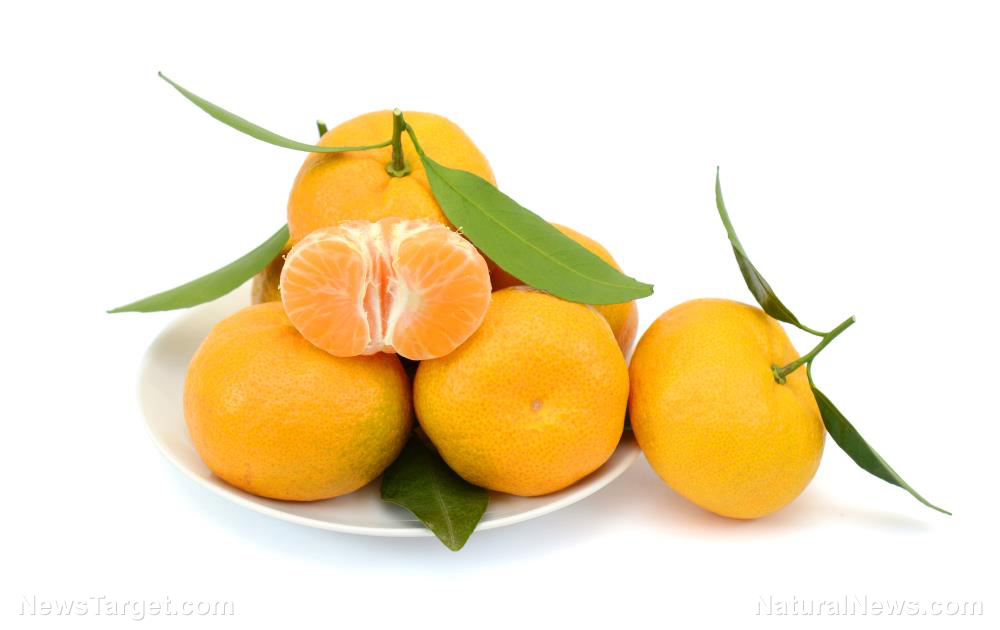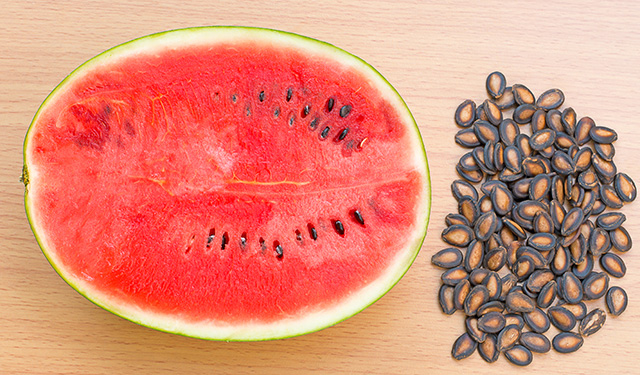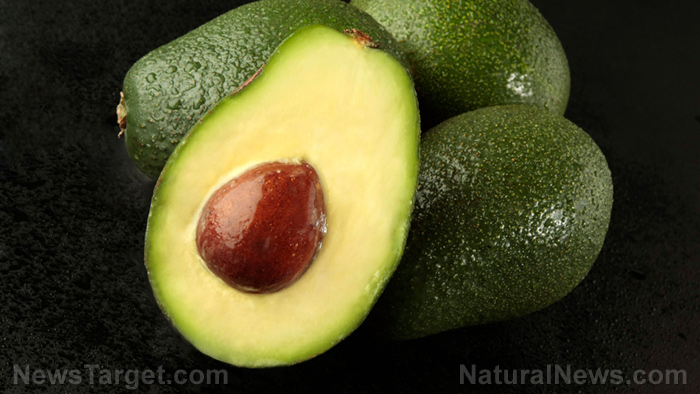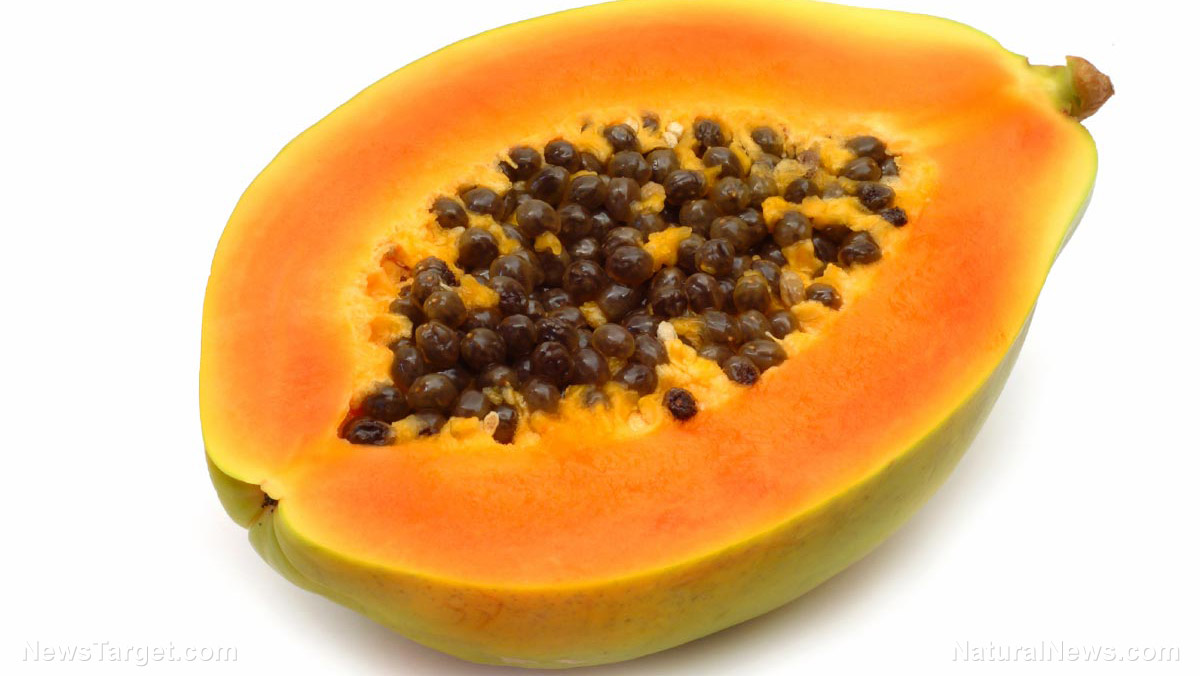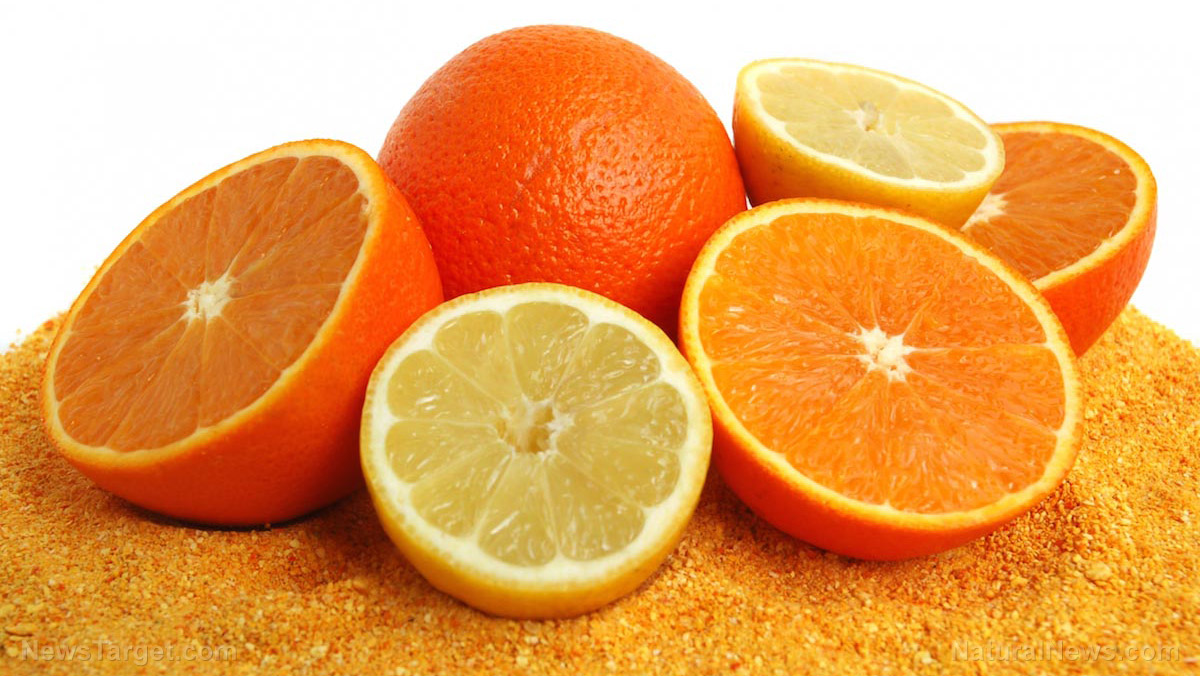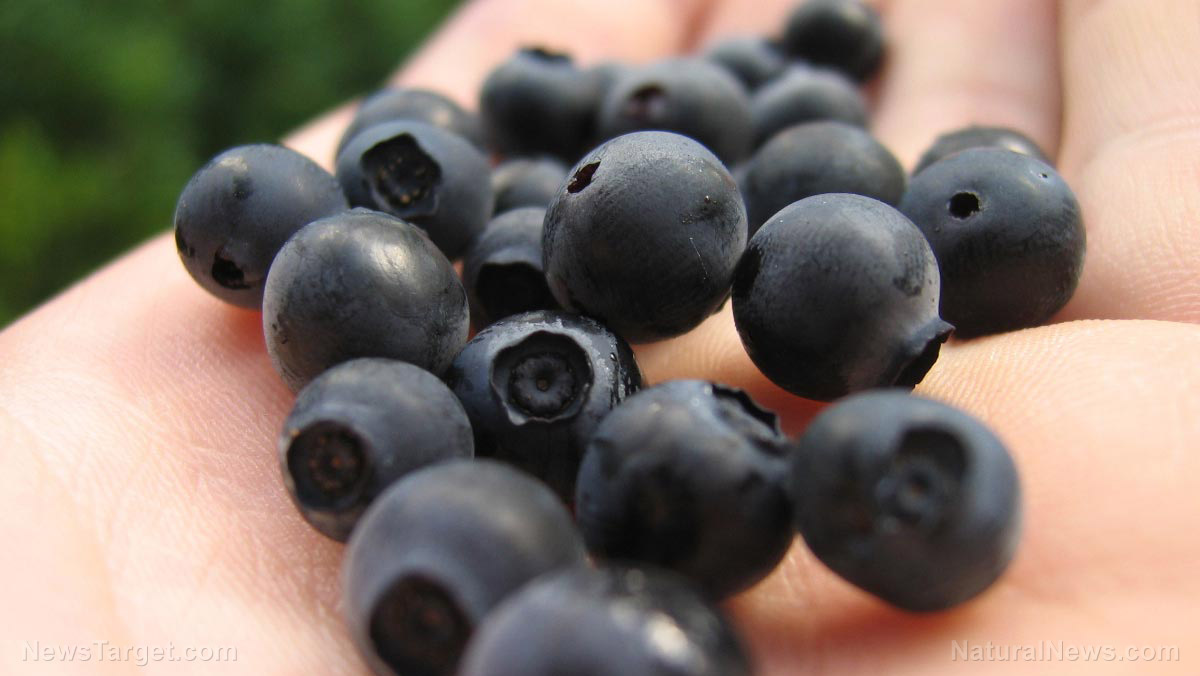Hazelnuts – sources, health benefits, nutrients, uses and constituents at NaturalPedia.com
06/23/2017 / By Frances Bloomfield

Hazelnuts are the spherical, edible kernels of hazel trees (Corylus). This genus of small, deciduous trees originated from southern Europe and Turkey, and is now being cultivated all over the world as a major commercial crop. Hazelnuts themselves are often used in confectionery and cooking products because of their sweet flavor. Beyond their popularity as a flavoring agent, hazelnuts are just as adored for their wealth of health benefits.

List of known nutrients
Hazelnuts are packed with mono-unsaturated fatty acids, namely oleic acid and linoleic acid. Mono-unsaturated fatty acids keep the heart healthy by decreasing low-density lipoprotein (LDL) or bad cholesterol, while also raising high-density lipoprotein (HDL) or good cholesterol.
Besides these, hazelnuts are loaded with multiple beneficial nutrients, which include but aren’t limited to:
- Biotin
- Boron
- Calcium
- Copper
- Fiber
- Iron
- Magnesium
- Manganese
- Phosphorus
- Potassium
- Sulfur
- Vitamin B1 (Thiamin)
- Vitamin B2 (Riboflavin)
- Vitamin B3 (Niacin)
- Vitamin B5 (Pantothenic acid)
- Vitamin B6 (Pyridoxine)
- Vitamin B9 (Folate)
- Vitamin E
- Zinc
Medicinal uses for hazelnuts
Hazelnuts are average antioxidants, notably because of their great amounts of proanthocyanidins (PACs). This means that frequent consumption of hazelnuts can eliminate free radicals from the body and keep cells in good condition. A healthy body is one that is less prone to detrimental health conditions, mainly:
- Alzheimer’s disease
- Chronic coughing
- Common cold
- Constipation
- Diabetes
- Heart disorders, including atherosclerosis
- High cholesterol
- Immune system deficiency
- Megaloblastic anemia
- Menstrual cramps
- Nervous system disorders
- Skin disorders, including acne
Body systems supported by hazelnuts
In addition to mono-unsaturated fats, hazelnuts are packed with vitamin E, a vitamin and antioxidant that helps reduce the risk of heart disease. Furthermore, hazelnuts lack cholesterol, so eating them can do wonders for the cardiovascular system.
- Bones
- Brain
- Digestive system
- Glands
- Hair
- Immune system
- Respiratory system
Ways to use hazelnuts
Hazelnuts are mostly added to desserts to imbue them with an extra touch of sweetness. Muffins, cereals, cakes, and biscuits can taste better with a generous sprinkling of hazelnuts. They do just as well when incorporated into a savory meal. Feel free to crush and mix them with salads, roasts, and pastas.
Thanks to their rich flavor, hazelnuts can be eaten on their own, and can be purchased roasted, sweetened, or salted.
Like almonds, hazelnuts are naturally devoid of gluten, so people with Celiac disease or other gluten allergies can include hazelnuts in food preparation.
Where to learn more
- 8 Less Common Spices You Should Get to Know
- A Miracle Potion That Lowers Your Cholesterol and Triglycerides
- Go organic with these 25 homemade coffee creamer recipes
- How to Avoid Olive Oil Deceptions that Harm Health
- Stock up on nutritious food savings NOW, before drought-induced food inflation hits
Summary
An ounce of hazelnuts can provide 2.7 g or 10 percent of the recommended daily allowance of fiber, making hazelnuts an excellent food for maintaining regular bowel movements and preventing constipation.
The fiber and manganese in hazelnuts both play roles in sustaining a normal digestive system. While fibers helps food move easier, manganese synthesizes fatty acids and metabolizes carbohydrates and proteins.
Hazelnuts are unique among nuts due to their exceptionally high amounts of vitamin B9, a vitamin that diminishes the risk of megaloblastic anemia and neural tube defects in newborns.
Besides what they can do for babies, hazelnuts can provide expectant mothers with a plethora of important vitamins and minerals to keep them and their babies healthy.
Women experiencing menstrual cramps can turn to hazelnuts for relief: these nuts are dense with calcium, vitamin E, and magnesium, which are nutrients that ease the pains associated with the menstrual cycle.
Hazelnut oil can nourish the skin because of the varying levels of vitamin C, vitamin E, and antioxidants. Moreover, hazelnut oil is gentle so it can be used to moisturize and condition sensitive skin.
Nut allergy sufferers and birch pollen allergy sufferers should avoid hazelnuts as much as possible.
Sources include:
Nutrition-And-You.com
DoveMed.com
TheHealthSite.com
HuffingtonPost.com
StyleCraze.com
Tagged Under: Hazelnuts




